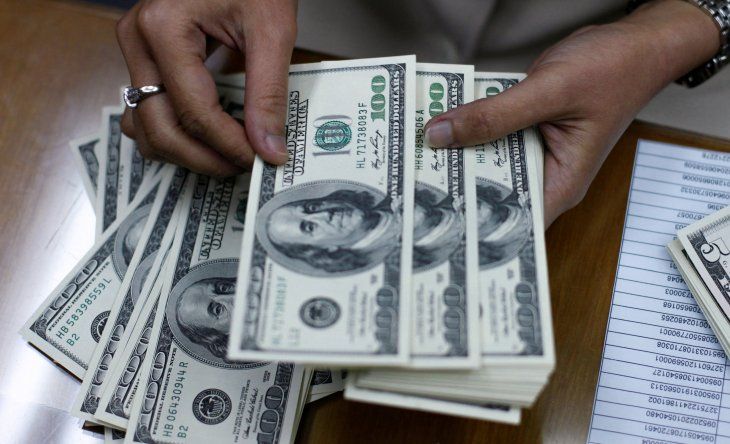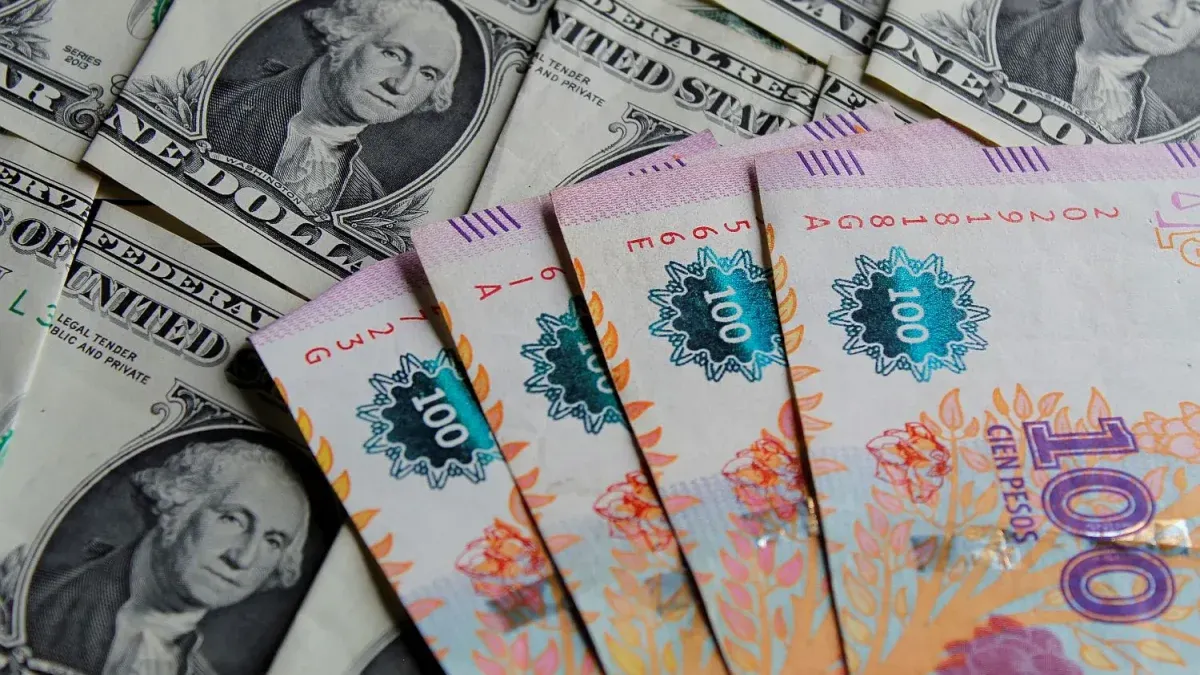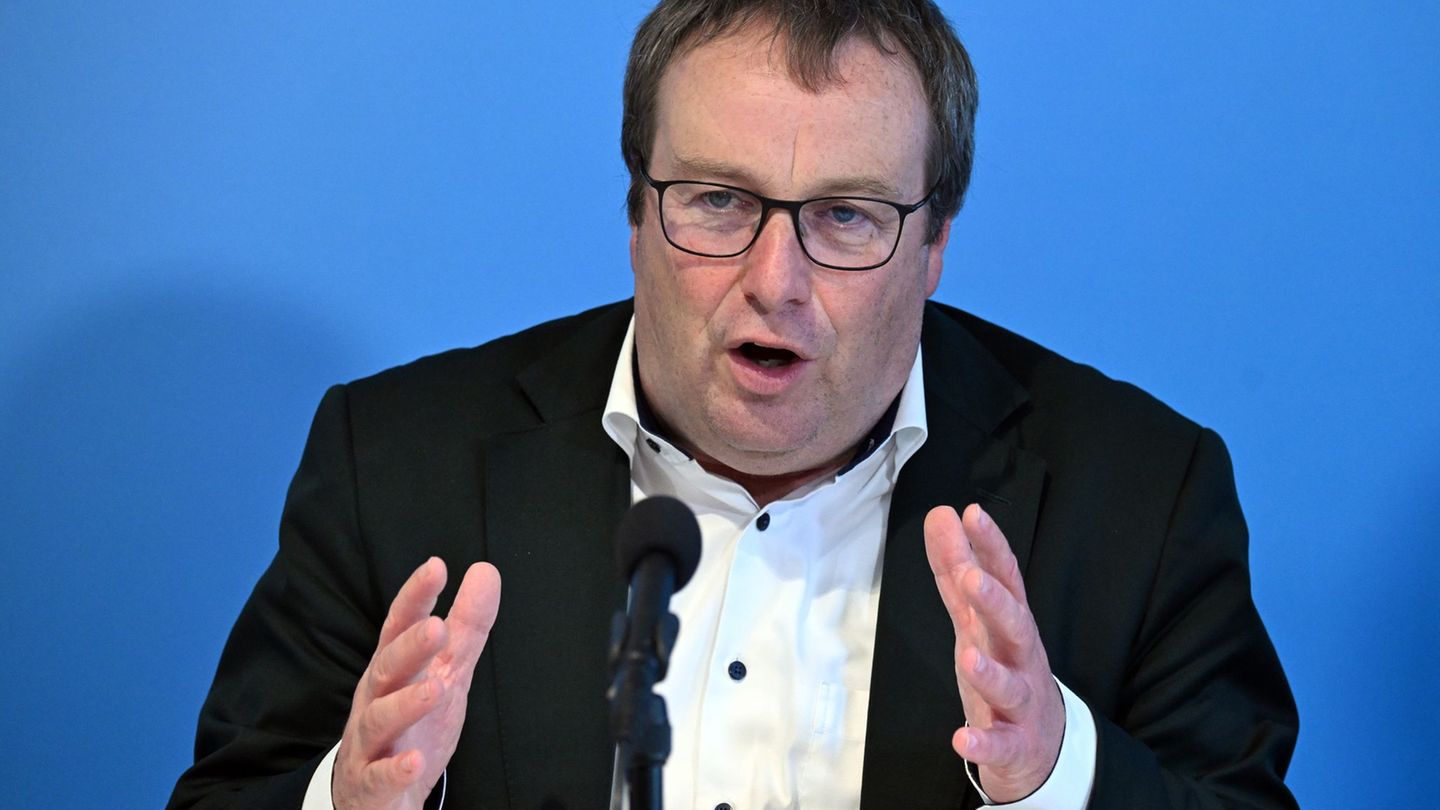The Minister of Economy Luis Caputo announced all the changes that will govern the exchange rate.
The Minister of Economy, Luis Caputoannounced this Tuesday a strong devaluation of the official exchange rate, the most important in almost 35 years, going from $366.45 this Tuesday to $800, that is, an exchange rate jump of 118.3%.
The content you want to access is exclusive to subscribers.
“We are going to honesty the official exchange rate, which will be worth $800 so that the productive sectors have the appropriate incentives to increase their production,” said the new head of the Treasury Palace when making official the strong devaluation of the peso against the dollar, which is equivalent to 54%, the highest level since May 1989.


But at the same time, it also announced changes in other exchange rates that will remain as follows.
Dollar: one by one, how each exchange rate looks
- Wholesale dollar: $800 with 2% monthly crawling peg
- Importer dollar at $940. It is composed of dollars at $800 + 17.5% of the PAIS tax.
- Exporter dollar: $860. It is made up of the settlement of 80% in the MULC and 20% in the CCL. There are withholdings of 15%.
- dollar card: $1,320 composed of COUNTRY Tax + Income Tax. Advance of Personal Assets is canceled (30% and 35% respectively).
dollar-blue-cave.jpg

Argentine News
Dollar: how much the economy hopes to raise with the new measures
Economy hopes to raise with the COUNTRY tax increase 0.8% of GDP (this tax is valid until December 2024); with additional withholdings of 15% on all products, 0.5%; with a reversal of the Earnings reform, 0.4%; with laundering projects, Personal Assets, and the moratorium, 0.5%. In total, they are 2.9 points of GDP.
Meanwhile, with relation to expenses, retirements and pensions will be lowered by 0.4% of GDP; with current transfers to provinces, 0.5%; with economic subsidies, 0.7%; capital expenditures (works), 0.7% of GDP, intermediate social programs, 0.4%; operating and other expenses, 0.5%, social programs without intermediaries, 0.3%.
As explained, the reduction of transport and energy subsidies will maintain segmentation. Work will be done to put the focus of these subsidies on demand and not on supply.
Source: Ambito
I am a 24-year-old writer and journalist who has been working in the news industry for the past two years. I write primarily about market news, so if you’re looking for insights into what’s going on in the stock market or economic indicators, you’ve come to the right place. I also dabble in writing articles on lifestyle trends and pop culture news.




